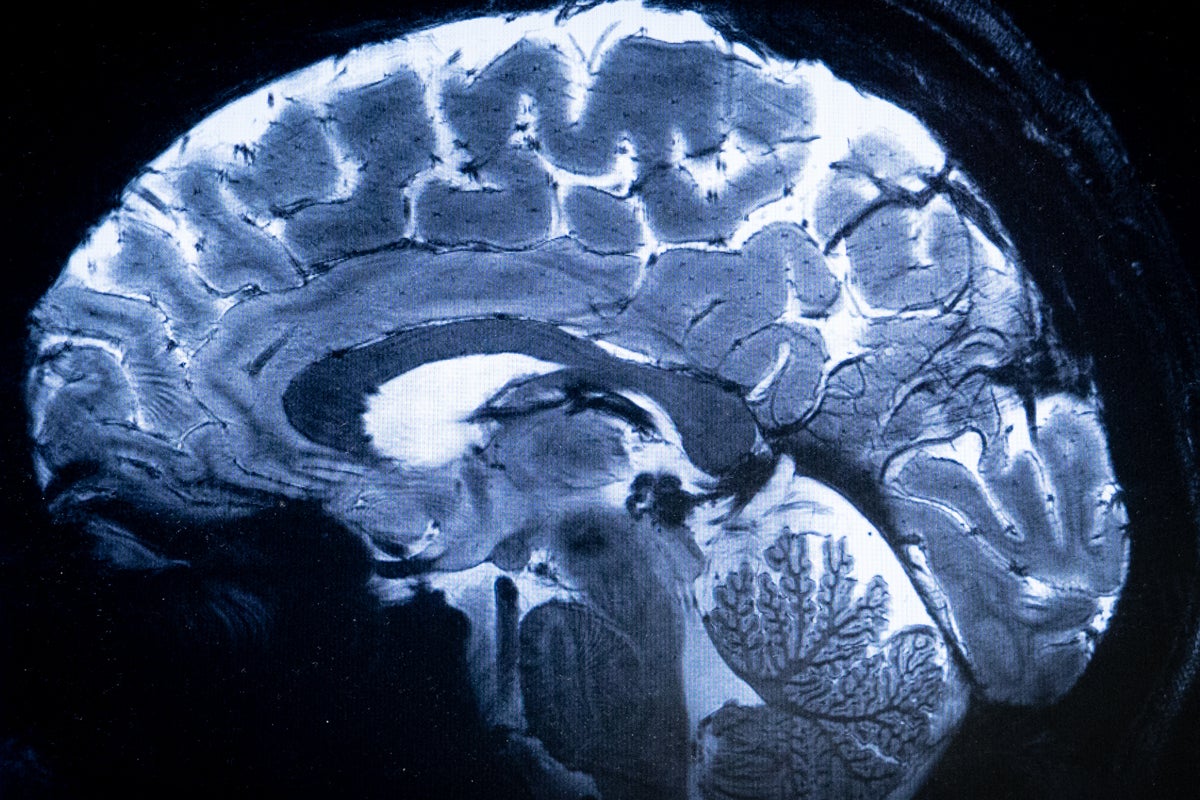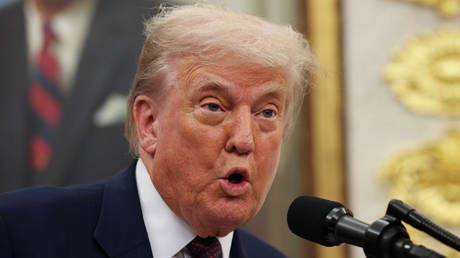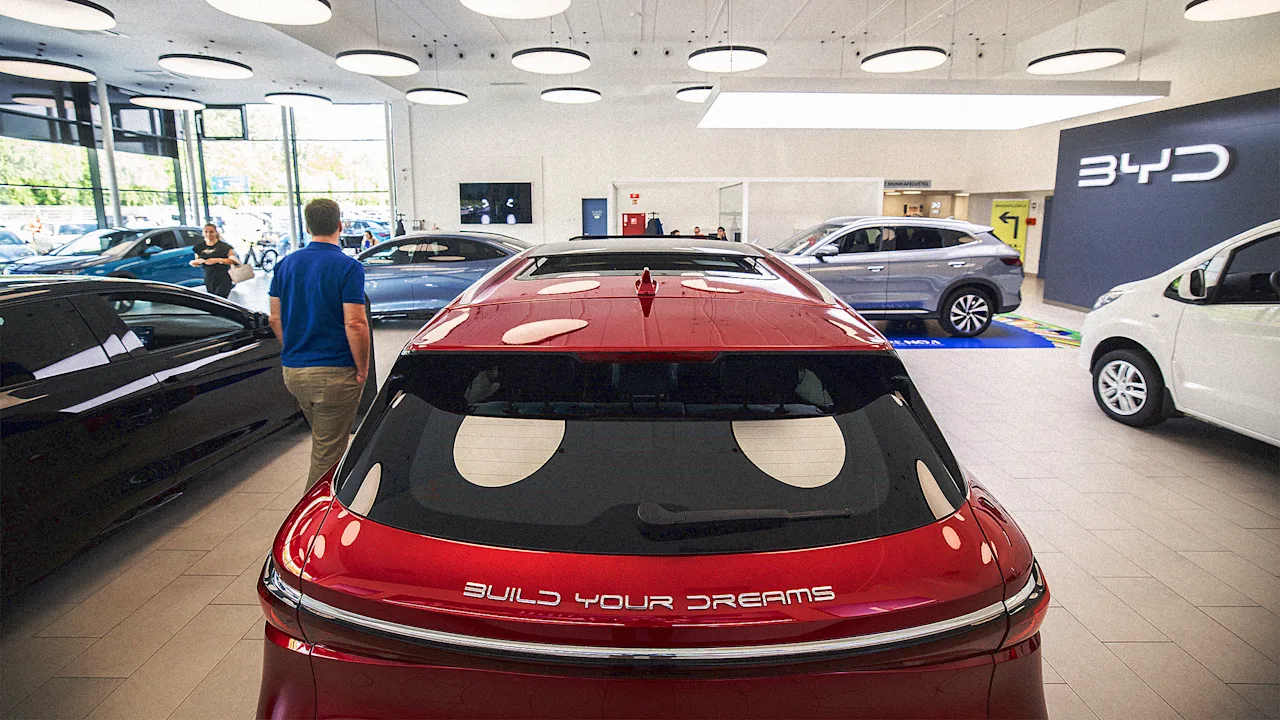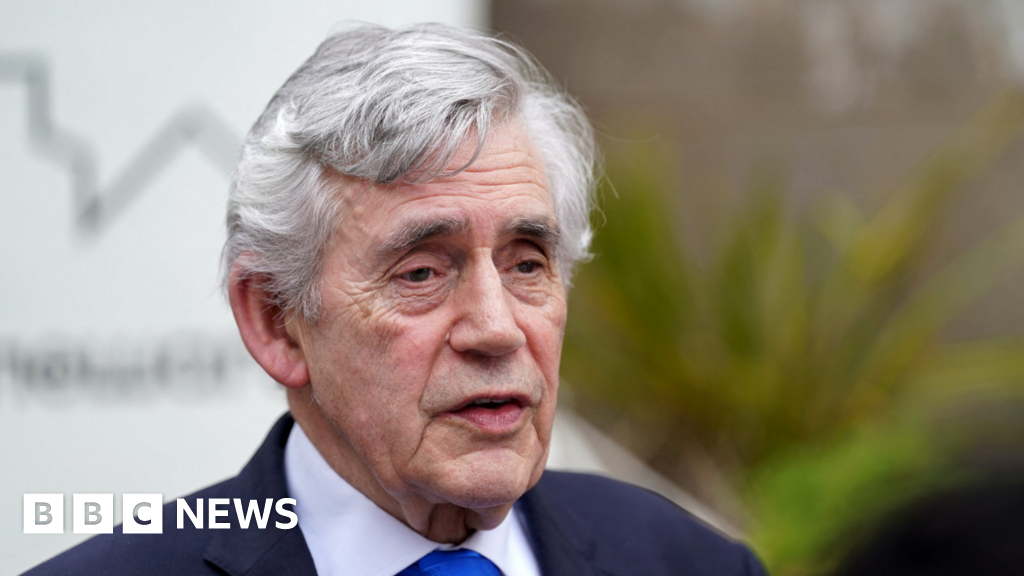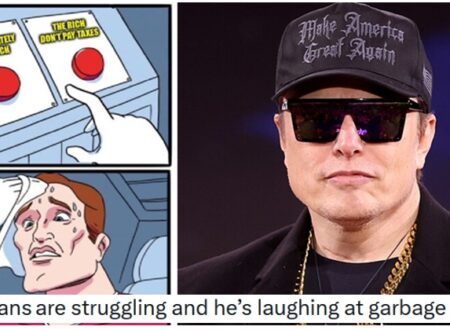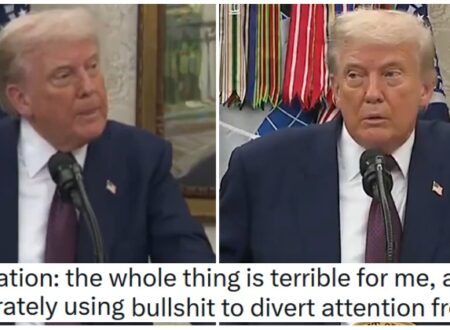America’s choice: lead the AI revolution or watch from the sidelines

As artificial intelligence reshapes every industry, America stands at a crossroads. We can either double down on our greatest competitive advantage, attracting the world’s brightest minds, or watch our AI leadership slowly migrate to countries that have figured out what we haven’t: immigration policy is technology policy.
After over a decade leading AI initiatives at Microsoft, democratizing natural language processing that serves millions globally, I’ve seen both the promise and the peril of our current moment. The engineers and researchers building tomorrow’s breakthroughs are increasingly weighing their options. The question isn’t whether they want to build in America, it’s whether America wants to make it possible.
The Talent Pipeline America Built
Let’s start with what we’re doing right. The U.S. has created an unmatched ecosystem with 59% of the world’s top-tier AI researchers. We’ve built the universities, the venture capital networks, and the innovation culture that attracts global genius. Companies like Google, Microsoft, and OpenAI didn’t emerge by accident, they’re the product of decades of smart talent attraction.
The data shows our success: nearly half of Fortune 500 companies were founded by immigrants or their children, generating $8.1 trillion in revenue and employing over 14.8 million people. In AI specifically, only 20% of top researchers earned their undergraduate degrees in the U.S., but 59% choose to do their breakthrough work here. We’re not starting from zero, we’re optimizing a proven winning formula.
When we get immigration right, the returns are extraordinary. H-1B workers earn a median wage of $108,000 compared to $45,760 for U.S. workers generally, contributing significantly to tax revenue and consumer spending. Research shows that when immigrant college graduates increase by 1%, patents per capita increase by 9–18%. Each talented engineer who builds here creates jobs for American workers through the companies they found and the teams they build.
When Timing Costs Talent
The challenge isn’t our destination, it’s our process. Processing times for employment-based Form I-129 petitions, the petitions U.S. employers must file to request permission for a foreign national to work temporarily under visas like the H‑1B or O‑1, have climbed sharply. They rose more than 25% last quarter and over 80% compared to a year ago, according to USCIS Q2 FY2025 data, even though the overall backlog has decreased. At the same time, EB-1A cases, which are meant for individuals with extraordinary ability, reached a record high of 16,000 pending petitions.
For the people leading advances in AI, these are not just delays. They are missed opportunities. In a field where timing is everything, a slow and unpredictable immigration process can push talent to build somewhere else.
The Global Competition Advantage
Meanwhile, our allies have streamlined their approach. Canada’s Global Talent Stream processes work visas in two weeks. Australia’s National Innovation Visa offers permanent residency with 1–3 month processing times for exceptional talent. The UK’s Global Talent visa fast-tracks digital technology experts, including those in AI and fintech. Meanwhile in the U.S., work visa petitions like the H‑1B and O‑1 often take several months to process. Employers must pay thousands in additional fees for premium processing just to reduce the wait to 15 business days.
These aren’t just policy differences, they’re strategic choices. While we debate, they’re decisively capturing talent that could be strengthening American innovation. But this also represents an opportunity: if they can create efficient systems, so can we.
Evolving Policies and Smarter Strategies
The encouraging news is that progress is underway. In 2024, policy clarifications helped redefine “specialty occupation” criteria, making it easier for AI engineers and data scientists to qualify for H‑1B visas without triggering burdensome requests for evidence. In 2023, the Executive Order on Artificial Intelligence issued to Congress aimed to modernize immigration pathways for technical talent. In 2025, a new Executive Order on AI introduced a broader national strategy focused on innovation, safety, and global competitiveness. While the new order replaced the earlier 2023 directive, it places less emphasis on immigration and education, areas that many experts see as critical to long-term AI leadership.
Forward-thinking companies are also adapting. Many are exploring O-1 visas for extraordinary ability, which aren’t subject to annual caps, or EB-2 National Interest Waivers for researchers whose work benefits the U.S. The key is matching the right visa strategy to each individual’s profile, something that requires expertise but yields dramatically better outcomes.
America’s Enduring Advantage
The infrastructure is already here: world-class universities, robust venture capital, and innovation ecosystems that remain the global gold standard. We need immigration processes that match the speed of the minds we’re trying to attract. According to research from the Center for Growth and Opportunity, a startup visa could create 500,000 to 1.6 million new jobs over 10 years.
Our choice is simple: we can streamline the pathways for global talent to contribute to American innovation, or we can watch other nations benefit from the minds we educated and inspired. The future belongs to countries that can attract and empower the world’s brightest. America built that playbook, now we need to execute it.
What's Your Reaction?
 Like
0
Like
0
 Dislike
0
Dislike
0
 Love
0
Love
0
 Funny
0
Funny
0
 Angry
0
Angry
0
 Sad
0
Sad
0
 Wow
0
Wow
0

